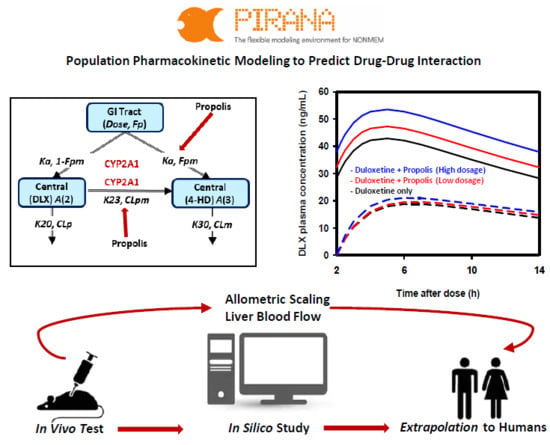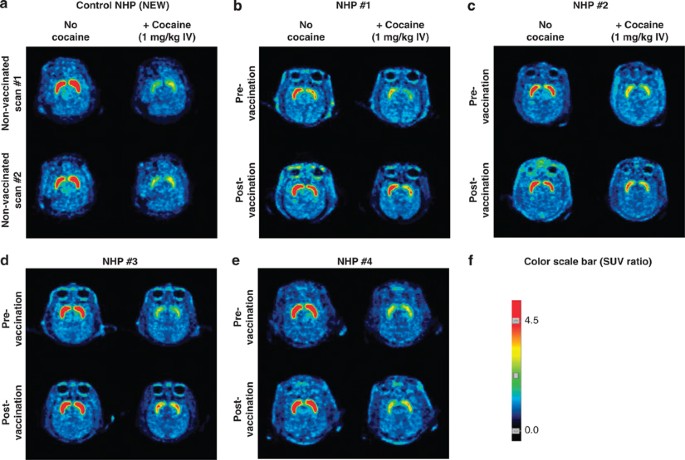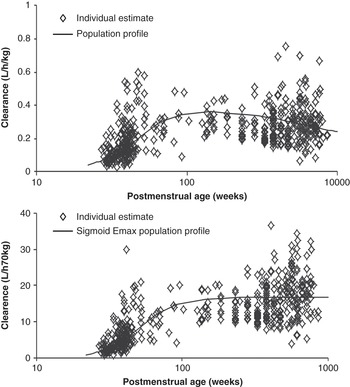A COMPREHENSIVE QUANTITATIVE AND QUALITATIVE EVALUATION OF EXTRAPOLATION OF INTRAVENOUS PHARMACOKINETIC PARAMETERS FROM RAT, DOG, AND MONKEY TO HUMANS. I. CLEARANCE
$ 12.99 · 4.8 (188) · In stock

This study was conducted to comprehensively survey the available literature on intravenous pharmacokinetic parameters in the rat, dog, monkey, and human, and to compare common methods for extrapolation of clearance, to identify the most appropriate species to use in pharmacokinetic lead optimization, and to ascertain whether adequate prospective measures of predictive success are currently available. One hundred three nonpeptide xenobiotics were identified with intravenous pharmacokinetic data in rat, dog, monkey, and human; both body weight- and hepatic blood flow-based methods were used for scaling of clearance. Allometric scaling approaches, particularly those using data from only two of the preclinical species, were less successful at predicting human clearance than methods based on clearance as a set fraction of liver blood flow from an individual species. Furthermore, commonly used prospective measures of allometric scaling success, including correlation coefficient and allometric exponent, failed to discriminate between successful and failed allometric predictions. In all instances, the monkey tended to provide the most qualitatively and quantitatively accurate predictions of human clearance and also afforded the least biased predictions compared with other species. Additionally, the availability of data from both common nonrodent species (dog and monkey) did not ensure enhanced predictive quality compared with having only monkey data. The observations in this investigation have major implications for pharmacokinetic lead optimization and for prediction of human clearance from in vivo preclinical data and support the continued use of nonhuman primates in preclinical pharmacokinetics.

IJMS, Free Full-Text

Full article: A new approach to predicting human hepatic clearance of CYP3A4 substrates using monkey pharmacokinetic data

PDF) A Novel Strategy for Physiologically Based Predictions of Human Pharmacokinetics

Adenovirus capsid-based anti-cocaine vaccine prevents cocaine from binding to the nonhuman primate CNS dopamine transporter. - Abstract - Europe PMC

PDF] A comprehensive quantitative and qualitative evaluation of extrapolation of intravenous pharmacokinetic parameters from rat, dog, and monkey to humans. I. Clearance.

Prediction of Human Clearance Based on Animal Data and Molecular Properties - Huang - 2015 - Chemical Biology & Drug Design - Wiley Online Library

Animal to human translation: a systematic scoping review of reported concordance rates, Journal of Translational Medicine

Human microdose evaluation of the novel EP1 receptor antagonist GSK269984A - Ostenfeld - 2012 - British Journal of Clinical Pharmacology - Wiley Online Library

Primate Testing in Europe by Animal Defenders International - Issuu

Adenovirus Capsid-Based Anti-Cocaine Vaccine Prevents Cocaine from Binding to the Nonhuman Primate CNS Dopamine Transporter

PDF) Trend Analysis of a Database of Intravenous Pharmacokinetic Parameters in Humans for 670 Drug Compounds

Humans are animals, but are animals human enough? A systematic review and meta-analysis on interspecies differences in renal drug clearance - ScienceDirect

A COMPREHENSIVE QUANTITATIVE AND QUALITATIVE EVALUATION OF EXTRAPOLATION OF INTRAVENOUS PHARMACOKINETIC PARAMETERS FROM RAT, DOG, AND MONKEY TO HUMANS. I. CLEARANCE

Basic Principles (Section 1) - Personalized Anaesthesia